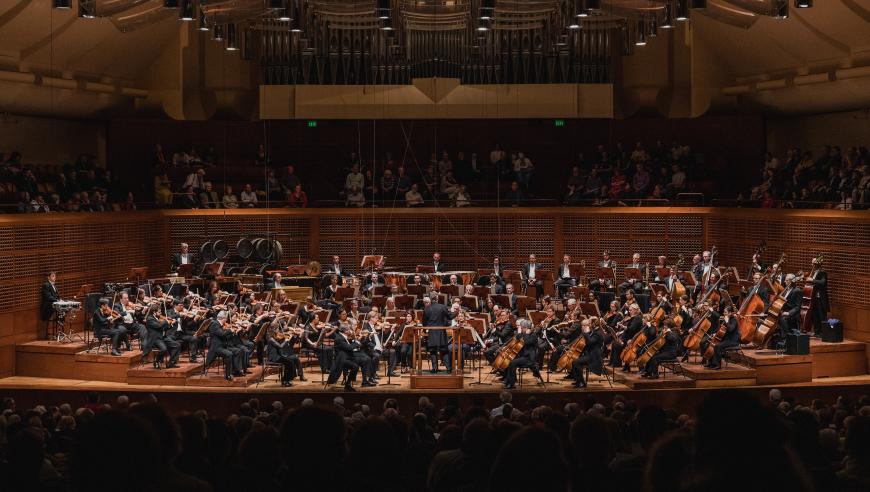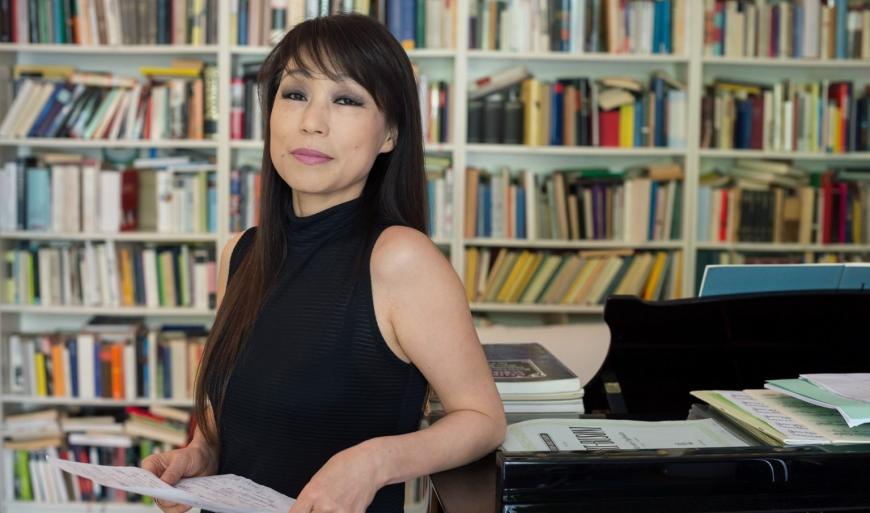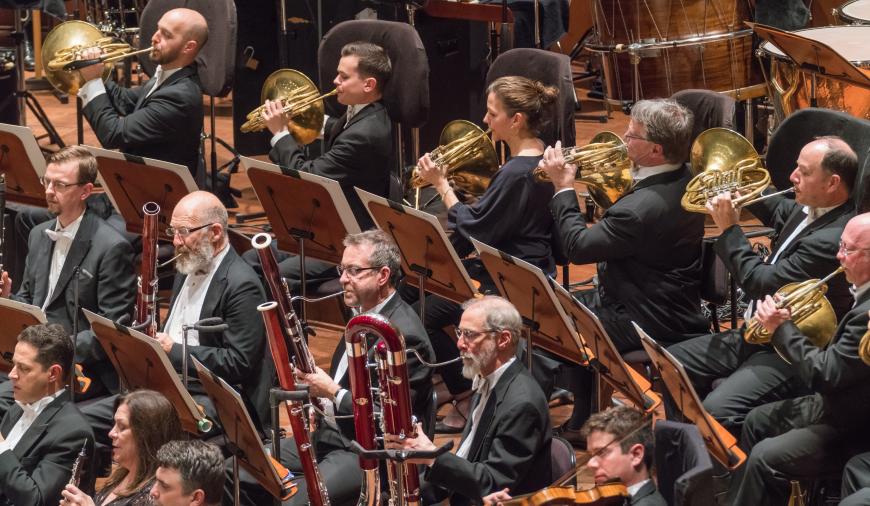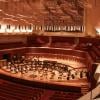
When Esa-Pekka Salonen succeeded Michael Tilson Thomas as music director of the San Francisco Symphony in 2020, he announced a bold, sensational first season.
After the COVID pandemic led to the cancellation of both MTT’s last and Salonen’s first seasons, followed by a limited, partially streamed remnant of the 2020–2021 season, there was then the hoped-for post-COVID season of 2021–2022 before the 2022–2023 “restoration.”
Today, Salonen and the SF Symphony announced their 2023–2024 season, which is as contemporary, multidisciplinary, and diversity-oriented as ever — even while the orchestra remains without a contract, the matter unsettled since a temporary agreement in 2020. See more about this critical matter, which may jeopardize the season, further down in this report.
Continuing decades of his advocacy for new music — as music director of the Los Angeles Philharmonic, composer-in-residence at the New York Philharmonic, and over many years with the London Philharmonia and elsewhere — Salonen brings his espousal for what was once called the “new and unusual” to the next season.

The old approach, still practiced by many American orchestras, is to sprinkle a couple of new works in a season of tried-and-true box-office attractions. Here are just a few specific examples of Salonen’s adventurous programming among the season’s commissions and premieres, several scheduled on the same concert:
— Wynton Marsalis’s Herald, Holler and Hallelujah!, Sept. 29 and Oct. 1
— Jesper Nordin’s Convergence, Oct. 6 and 7
— Anders Hillborg’s Piano Concerto, Oct. 12 and 14
— Betsy Jolas’s Latest, Nov. 2 and 4
— Jens Ibsen’s Drowned in Light, Nov. 10 and 12 (winner of the 2022 Emerging Black Composers Project)
— Salonen’s kínēma, Nov. 10 and 12

— Terry Riley’s City Lights: Aquatic Park, Nov. 17 and 18 (from the 87-year-old pioneer of minimalism)
— Gabriella Smith’s Breathing Forests, Nov. 17 and 18
— Gonzalo Grau’s Odisea: Concerto for Venezuelan Cuatro and Orchestra, Nov. 24 and 26
— Unsuk Chin’s Alaraph “Ritus des Herzschlags” (the title refers to how a star’s light curve is similar to what a heartbeat looks like through an electrocardiogram), May 16 and 18, 2024
— Jennifer Higdon’s Air, May 16 and 18, 2024
— Sofia Gubaidulina’s Fairytale Poem, June 13 and 15, 2024
Salonen’s fourth season as music director includes 12 orchestral programs, four world premieres, and continuing SoundBox concerts.

Among the season’s staged performances are Béla Bartók’s Bluebeard’s Castle (originally scheduled for Salonen’s first SF Symphony season) with mezzo-soprano Michelle DeYoung and baritone Gerald Finley, Maurice Ravel’s complete Mother Goose with Alonzo King LINES Ballet, Arnold Schoenberg’s one-act opera Erwartung with soprano Mary Elizabeth Williams and directed by Peter Sellars, and Alexander Scriabin’s Prometheus, The Poem of Fire with pianist Jean-Yves Thibaudet.
More traditional audiences will be served as well, with works of Brahms, Beethoven, Franz Schubert, Edward Elgar, Felix Mendelssohn, Gustav Mahler, and more. For details of the entire season, including participating conductors and soloists, special events, and more, see the SFS website.
Subscription packages for the season are now available online or by phone at (415) 864-6000. Single tickets for individual concerts will go on sale July 15.
About the inconclusive collective bargaining: What is the status of the contract that is essential for the continued operation of the orchestra?
The response from the SF Symphony: “Negotiating sessions with the union representing the musicians are ongoing, and we continue to work with them to develop a fair agreement that recognizes the musicians’ stature as one of the top orchestras in the country and one that does not compromise the future artistic quality or financial sustainability of the institution.”
One possibly important omission in the above statement is the lack of reference to mediation, which was in progress in February before the orchestra left on its European tour.

There is no comment from Musicians Union Local 6, which said previously: “It is false and misleading for [management] to artificially inflate averages using money that is not on the table during this negotiation. Management’s contract offer would set the minimum salary at $170,404 on an annualized basis, over $15,000 per year less than the minimum salary set forth in the contract that expired this past November.”
Management does not provide information about the current budget, but as IRS disclosure of nonprofit organizations’ finances lags two years or more behind the current fiscal year, finances for those previous years are public.
In fiscal year 2019, the last before the pandemic, the SF Symphony had $93.6 million in total revenue and $79.8 million in total expenses, resulting in a $13.8 million surplus. In fiscal year 2020, half of which covered the beginning of the pandemic, the orchestra reported $65.3 million total revenue and $73.2 million total expenses, resulting in a $7.9 million deficit.
The budget for fiscal year 2021 dropped to $55 million, and then it recovered the next year. Again, the current budget and the one to cover the season just announced are not available, but reorganization at the SF Symphony, with unknown but probably significant fiscal impact, was reported last year. The SFS endowment, most of it restricted, is approximately $360 million, depending on stock market variations.




